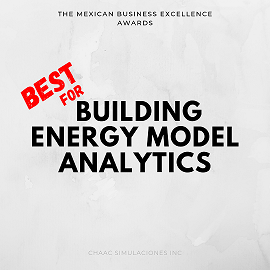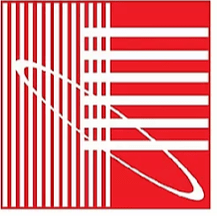|
Mexico has long been a leader in LEED certification, it was recognized in 2019 to be the 8th country in gross square meter LEED certified projects[1] and has certified 232 projects since then (December 2020 to July 2021)[2]. It has been recognized to be a driver of increased rent/sale value, energy consumption savings, reduce maintenance cost, occupants comfort and to be environmentally friendly[3]. The importance of green building certifications, where LEED is the most applied worldwide, is to follow a holistic guideline and have weight the compliance from a recognized third party. Considering these factors why there is not more projects develop in our country? We believe it’s because of:
Please share your opinion below, your participation means a lot to us. References:
[1] U.S. Green Building Council releases 2019 Top 10 Countries and Regions for LEED, https://gbci.org/us-green-building-council-releases-2019-top-10-countries-and-regions-leed [2] Country Market Brief, https://www.usgbc.org/resources/country-market-brief [3] World Green Building Trends 2018 Smart Market Report, https://www.worldgbc.org/sites/default/files/World%20Green%20Building%20Trends%202018%20SMR%20FINAL%2010-11.pdf [4] La certificación LEED, ¿se apaga en México?, https://obras.expansion.mx/soluciones/2015/07/10/la-certificacion-leed-se-apaga-en-mexico
0 Comments
One of the great approaches for cold climate countries to improve the efficiency in buildings where photovoltaic system could not be generate sufficiently, is through CHP (cogeneration of heat and power) plant.
ApplicationsThere is various use of the CHP plant, but most of them are used where there is a large demand in heating such as cold countries where large plants produce the heat that is distributed to buildings just by connecting to the network. Additional to natural gas, the water could be heated from biomass or even landfill waste could be incinerated to be used in another form by people. The CHP could be used for campus, hospital, or industrial complex in order to be independent from the grid. Our team, have work on an industrial project in Mexico desiring to be self-sufficient in electricity even if heating is not required, however they have a 24h manufacturing cooled facility. Thus, the CHP heat is converted into chilled water for conditioning with an absorption chiller and the electricity produced helps reduce their consumption to 45% while lowering the maximum demand load number. Modeling and LEED Our energy modeler experts have documented various LEED projects that take advantage of CHP plant at local or district level. The preferred approach is to model the plant directly as a heating and electricity source, this is more than simple using IESVE. The information required are the efficiency curves, the network distribution loss, and the maximum heat output from the plant. This component is connected directly to the hot water loop, or chilled water loop when using absorption chiller, to provide the required heat at each second while generating energy. We highly recommend to model the CHP instead of manually inputting the contribution to your energy results, to be able to visualize CHP plant operation and how the electricity maximum load evolves. Please share your opinion below, your participation means a lot to us.
* CHP Technology, https://no.pinterest.com/pin/425027283577204903/ Tulum, Quintana Roo in Mexico is one of the most prized location for luxury and eco-friendly tourism. The demand and ROI for this city and the whole Riviera Maya region will keep growing and for real estate company to continue having success in the area the approach must change. Leader company of the industry (Los Amigos Tulum, GMB), business associations (COPARMEX Riviera Maya and ADIRM) and government institutions (General direction for Sustainable Tourism and Tulum City Hall) are already taking actions to push best practices among all players of the real estate industry. The key concept for all these people is sustainability, making our best to affect as less as possible the environment in the construction and operation of every real estate development. For investors be sustainable means added cost which may not be possible to profit of it especially if the competition is not pursuing the eco-friendly path. However, a sustainable development sells better, faster, at a higher price, and is cheaper to operate. This does not consist only on installing solar panels; a sustainable building take advantage of natural light, has efficient material to reduce the need for cooling/heating the indoors, are equipped with water savings fixtures, and even recuperate gray water for toilets and landscape irrigation.
There is not LEED certified building in Tulum and few in the state (ADO Terminal Chetumal and CityExpress/Suites Playa del Carmen). Choosing to pursue a certification in all their project is for leaders who aims for recognition of their practices on a global level. Tulum is an eco-friendly destination which could grow bigger while staying green if the actors of the real estate industry incorporate LEED certification as the standard for the region. Please share your opinion below, your participation means a lot to us.
Recommended additional content: LEED Luxury home in Silicon Valley World green building trends in technology World green building trend in wellness |
Suggest topicsWeekly our team select the most relevant topic of the industry to talk about. However, our readers' interests are even better. Archives
June 2021
Categories
All
|
GREEN BUILDING CERTIFICATION - ENERGY MODELING - |
Offices | OficinasCalle 20 438, Oficina 116,
Colonia México, Mérida, Yucatán, México 97125 +52 999 838-0096 [email protected] |
Copyright © 2018-2024 Chaac Simulaciones Inc. All Rights Reserved.
|

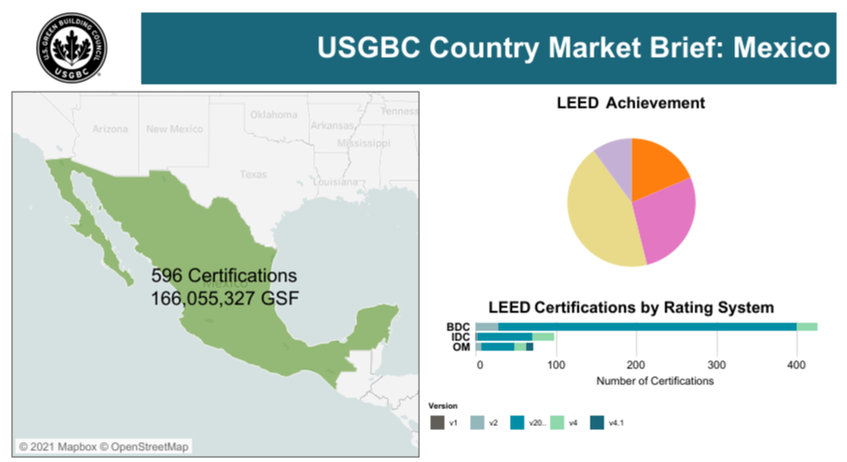
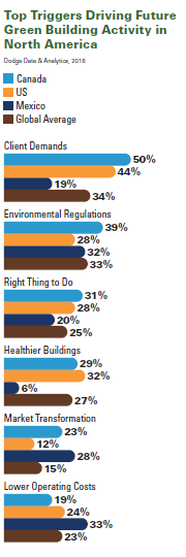
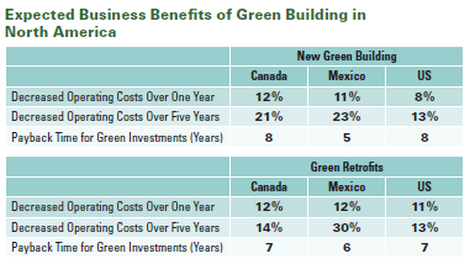
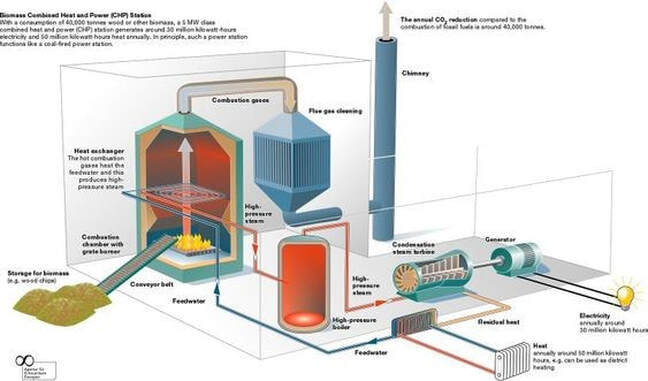
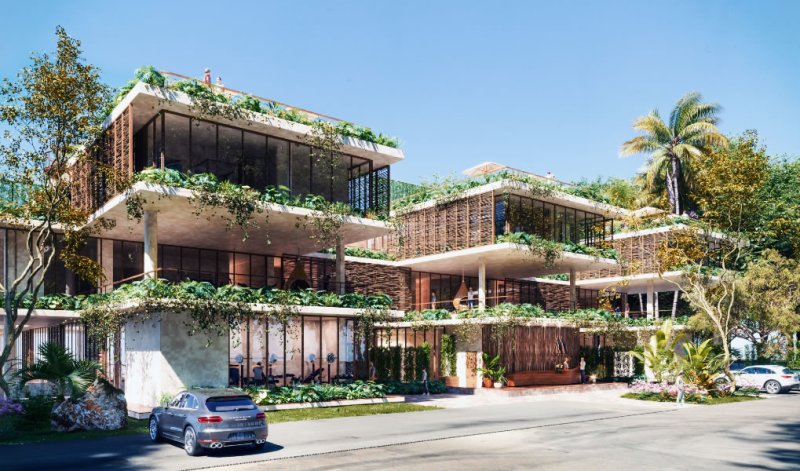
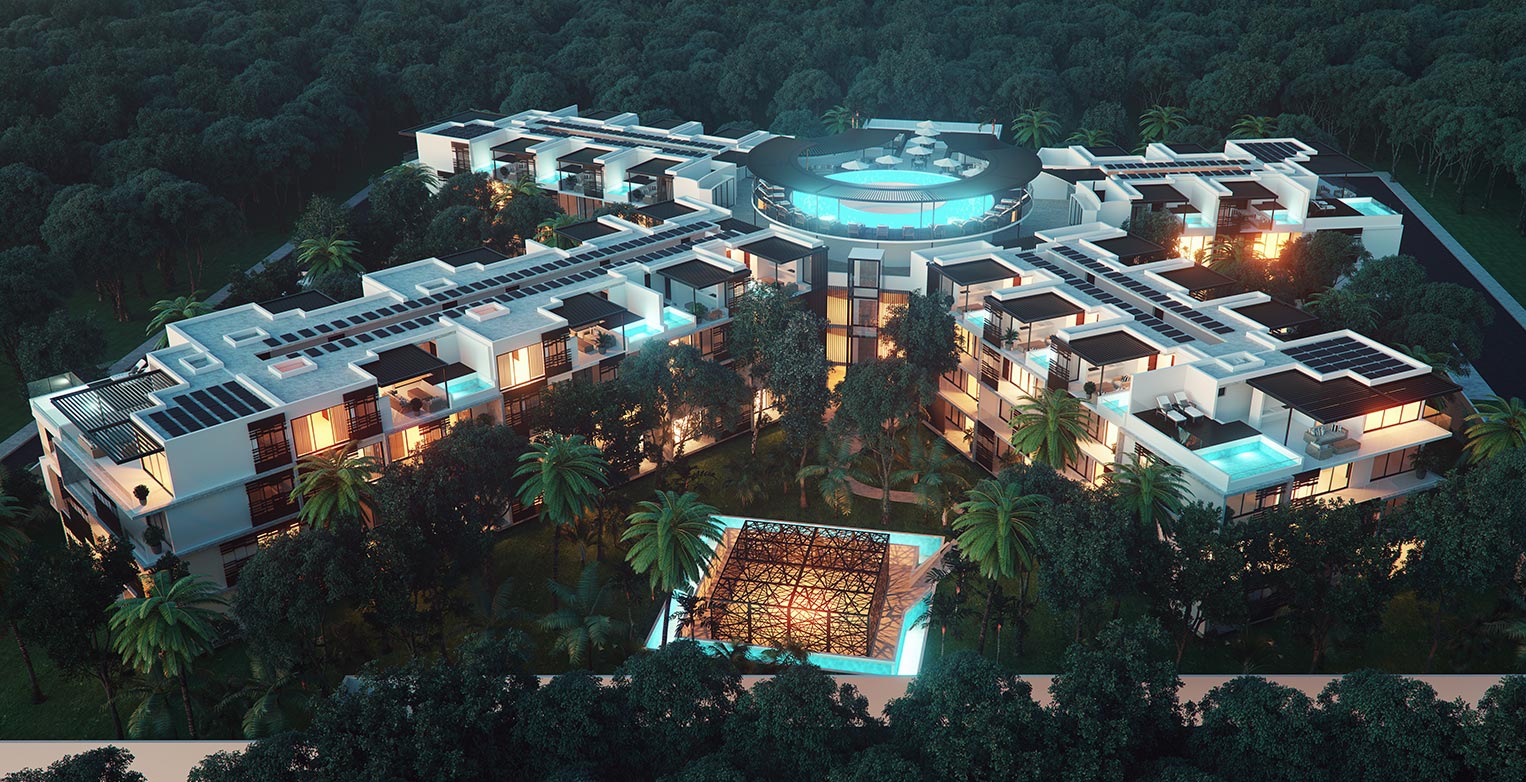
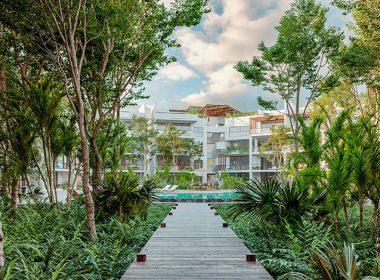
 RSS Feed
RSS Feed



